- About us
- Support the Gallery
- Venue hire
- Publications
- Research library
- Organisation chart
- Employment
- Contact us
- Make a booking
- Onsite programs
- Online programs
- School visit information
- Learning resources
- Little Darlings
- Professional learning
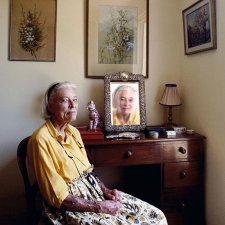
Dr Sarah Engledow explores the portrait of Ninette Dutton by Bette Mifsud.
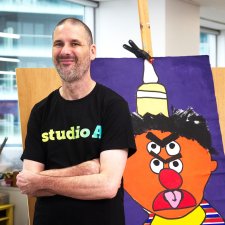
Isobel Parker Philip introduces artist Thom Roberts, whose distinctive portraits of people, buildings and personified trains define the world as he experiences it.
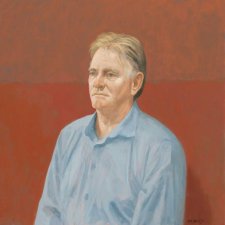
While visiting the National Portrait Gallery I noticed the absence of paintings of journalists.
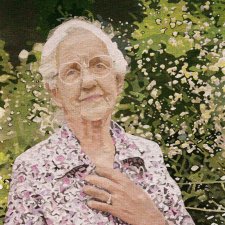
Former NPG Director, Andrew Sayers celebrates the support given to the Gallery by Gordon and Marilyn Darling.
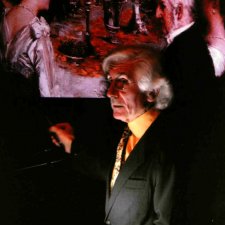
In February 2003 the National Portrait Gallery Circle of Friends brought Sir Robert Strong to Australia to present a series of lectures entitled The Artists & The Banquet- A History of Dining, which focused on the links between gardens and table decoration from the Renaissance to the Victorian Era.
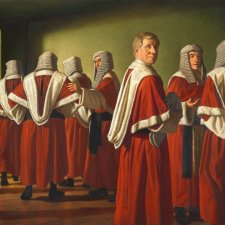
Lauren Dalla examines the life of Basil Bressler, the art patron responsible for one of the NPG's most important bequests.
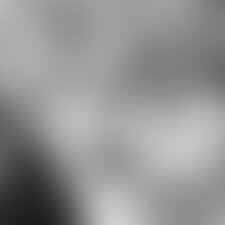
The complex connections between four creative Australians; Patrick White, Sidney Nolan, Robert Helpmann and Peter Sculthorpe.

Judith Pugh reflects on Clifton Pugh's approach to portrait making.

Tony Curran ponders whether our phones can change the course of painting.
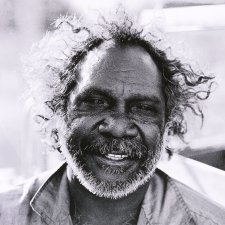
Djon Mundine OAM brings poignant memory and context to Martin van der Wal’s 1986 portrait photographs of storied Aboriginal artists.
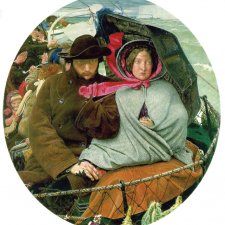
In 2006 the National Portrait Gallery acquired a splendid portrait of Victoria's first governor, Lieutenant Governor Charles Joseph La Trobe by Thomas Woolner.
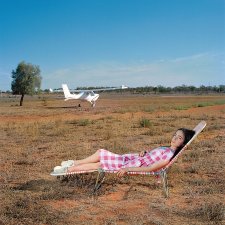
Inga Walton traces the poignant path of photographer Polixeni Papapetrou, revealed in the NGV’s summer retrospective.
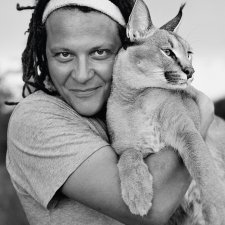
Exploring the photographs of Martin Schoeller, Michael Desmond delves into the uneasy pact that exists between celebrity and the camera.
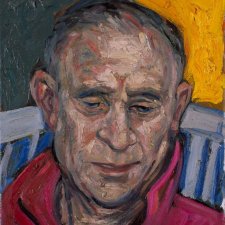
The exhibition Portraits for Posterity celebrates gifts to the Gallery, of purchases made with donated funds, and testifies to the generosity and community spirit of Australians.
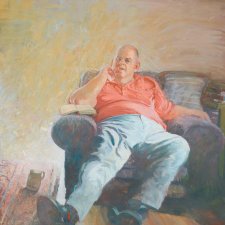
The Portrait Gallery's paintings of two poets, Les Murray and Peter Porter, demonstrate two very different artists' responses to the challenge of representing more than usually sensitive and imaginative men.
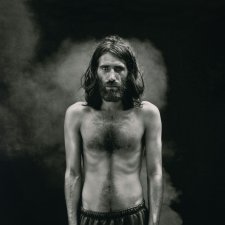
Kurdish-Iranian writer and filmmaker Behrouz Boochani on his portrait by Hoda Afshar, recently acquired by the National Portrait Gallery.